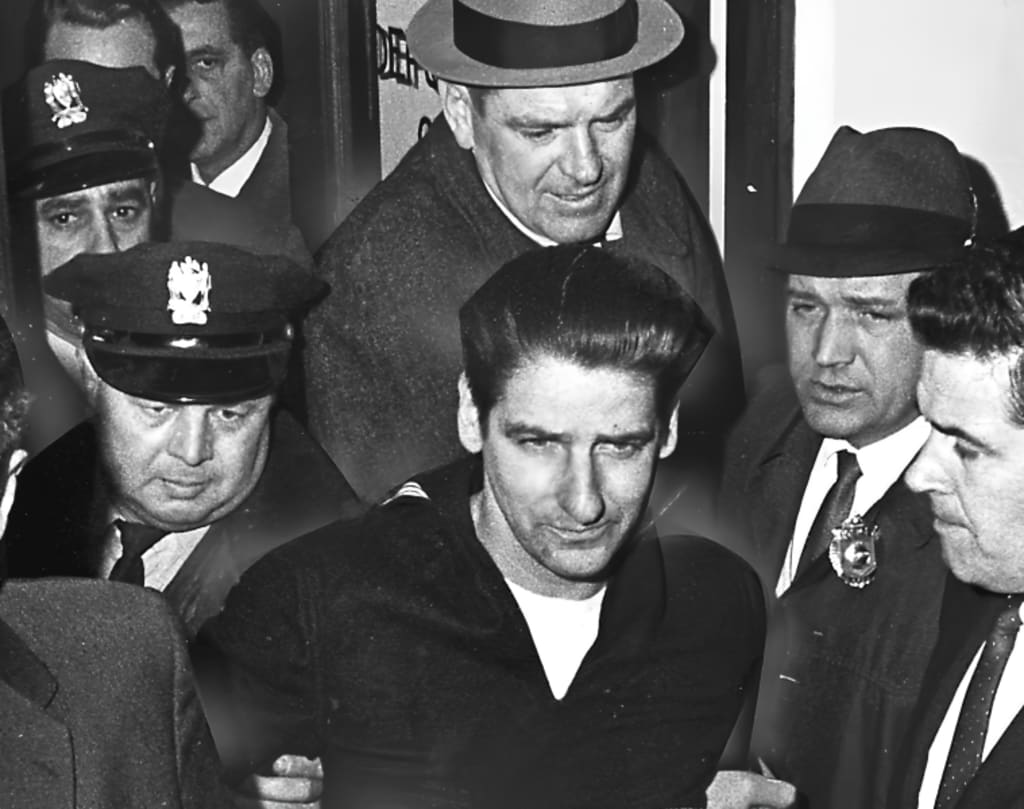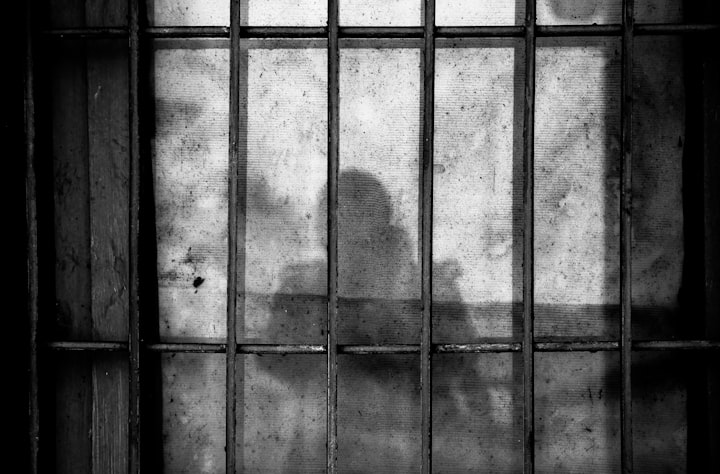
The Boston Strangler investigation is one of the most infamous murder cases in American history. From 1962 to 1964, a series of murders took place in the Boston area, leaving 13 women dead. The killer, who became known as the Boston Strangler, was never definitively identified, and the case remains unsolved to this day. In this blog post, we will take a closer look at the investigation and the evidence that was uncovered.
Who was the Boston Strangler? What motivated him to commit such heinous crimes? These questions have plagued investigators and the public for decades. The killer's modus operandi was consistent throughout the murders: the victims were all women, mostly elderly and living alone, who were sexually assaulted and strangled with their own clothing. The murders took place in different parts of the city, making it difficult for investigators to connect them at first.
The first victim, 55-year-old Anna Slesers, was found dead in her apartment on June 14, 1962. Over the next two years, 12 more women would be killed in similar fashion. The case quickly gained notoriety, and the public was terrified. Women in the Boston area took precautions to avoid being the next victim of the Boston Strangler.
As the body count grew, investigators struggled to find any useful evidence. The killer left few clues behind, and the crimes seemed to have no motive. The Boston police department eventually formed a special task force to investigate the murders. The task force, led by Captain John Donovan, included more than 50 detectives and was known as the Strangler Bureau.
Despite their best efforts, the Strangler Bureau had little success in identifying the killer. In October 1963, the task force received a break in the case when a survivor of one of the attacks identified a suspect. Albert DeSalvo, a 32-year-old former Army private and handyman, was arrested on unrelated charges and brought in for questioning. During his interrogation, DeSalvo confessed to being the Boston Strangler.
DeSalvo's confession was detailed and included information that only the killer could have known. He was charged with several counts of rape and murder, and the public breathed a sigh of relief that the Boston Strangler had been caught.
However, doubts soon arose about DeSalvo's guilt. Some investigators believed that his confession was coerced and that he had a history of making false confessions. Furthermore, there was no physical evidence linking DeSalvo to the murders. In 1973, DeSalvo was murdered in prison, further complicating the case.
In the years since DeSalvo's confession, several pieces of evidence have emerged that cast doubt on his guilt. In the 1990s, DNA evidence was used to exonerate a suspect in one of the murders. The DNA did not match DeSalvo's, indicating that he could not have been the killer in that case.
In 2013, new DNA evidence was found on one of the victims, Mary Sullivan. The evidence was collected from a water bottle found at the crime scene and was analyzed using modern techniques. The DNA did not match DeSalvo's, but it did match a relative of a suspect named Albert Henry DeSalvo Jr. This led investigators to conclude that DeSalvo Jr. was likely the Boston Strangler.
Despite this new evidence, the case remains officially unsolved. Many questions still remain about the Boston Strangler and the investigation that followed. Was Albert DeSalvo really the killer, or was he simply a convenient scapegoat? Who was the real Boston Strangler, and why did he commit these horrific crimes?
One thing is certain: the Boston Strangler investigation was one of the most complex and challenging murder cases in American history.





Comments
There are no comments for this story
Be the first to respond and start the conversation.